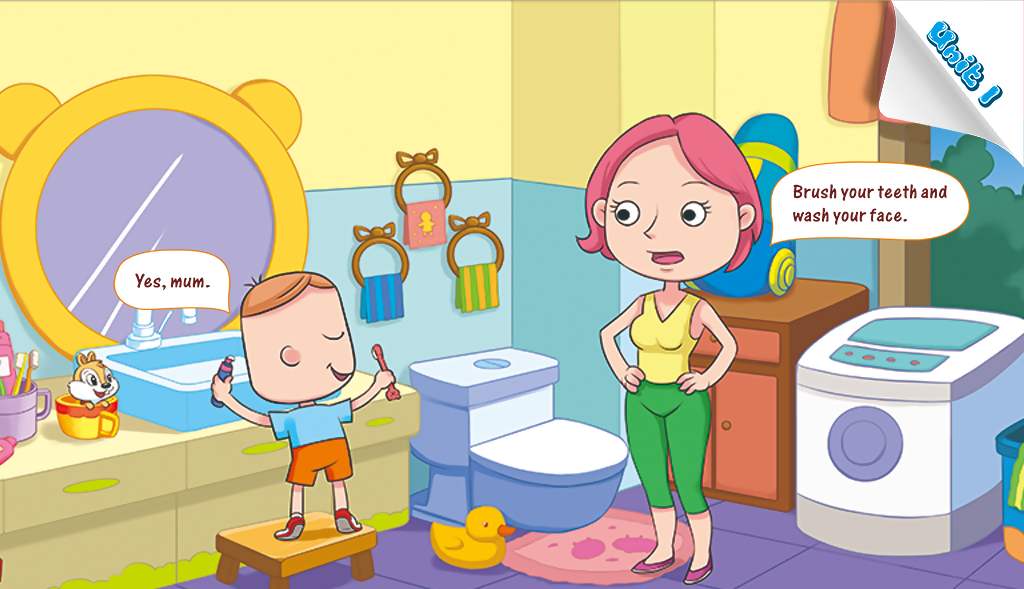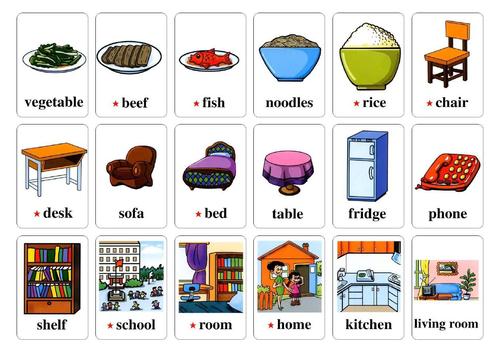1) Adverbials are usually adverbs, adverb phrases, or prepositional phrases.状语通常由副词,副词短语或介词短语构成。
2) Adverbials of manner, place, and time are used to say how, where, or when something happens. 方式状语,地点状语和时间状语用以表示某事发生的方式,地点和时间。
3) Adverbials usually come after the verb, or after the object if there is one. 状语通常置于谓语动词或宾语之后。
4) The usual order of adverbials is manner, then place, then time. 状语通常的顺序是:方式,地点,时间。
语法透析
1) An adverbial is often one word, an adverb. 状语经常只是一个副词。例如:
Sit there quietly, and listen to this music. 安静地坐着,听听这音乐。
2) However, an adverbial can also be a group of words: 状语也可能是一组词。
an adverb phrase 副词词组 例如:
He did not play well enough to win. 他弹得不够好,没能胜出。
a prepositional phrase 介词词组 例如:
The children were playing in the park. 孩子们在公园玩耍。
a noun group, usually a time expression
名词词组,通常表示时间 例如:
Come and see me next week. 下周来看我。
3) You use an adverbial of manner to describe the way in which something happens or is done. 方式状语用以表示某事发生的方式。例如:
They looked anxiously at each other. 他们不安地打量着对方。
She listened with great patience as he told his story. 他讲故事的时候她听得非常耐心。
4) You use an adverbial of place to say where something happens. 地点状语表示某事发生的地点。例如:
A plane flew overhead. 一架飞机从头顶飞过。
5) You use an adverbial of time to say when something happens. 时间状语表示某事发生的时间。 例如:
She will be here soon. 她很快就来这儿了。
He was born on 3rd April 1925. 他生于1925年4月3日。
6) You normally put adverbials of manner, place, and time after the main verb.方式状语,地点状语和时间状语通常都置于主动词之后。 例如:
She sang beautifully. 她唱歌很动听。
The book was lying on the table. 书就放在桌上。
The car broke down yesterday. 昨天车坏了。
7) If the verb has an object, you put the adverbial after the object. 如果动词后面有宾语,状语则放宾语之后。 例如:
Thomas made his decision immediately. 汤姆斯立刻就做了决定。
He took the glasses to the kitchen. 他把眼镜拿到厨房去了。
8) If you are using more than one of these adverbials in a clause, the usual order is manner, the place, then time. 状语通常的顺序是:方式,地点,时间。例如:
They were sitting quite happily in the car.(manner, place) 他们挺开心地坐在车里。(方式,地点)
She spoke1 very well at the village hall last night.(manner, place, time) 昨晚她在乡村大厅里讲得很好。(方式,地点,时间)
9) You usually put adverbials of frequency, probability, and duration in front of the main verb. 表示频率,可能性和持续性的状语一般放在主动词之前。例如:
She occasionally comes to my house. 她偶尔过来看看我的房子。
You have very probably heard the news by now. 现在你很可能已经听说过这条新闻了。
They had already given me the money. 他们已经把钱给我了。
扩展:被动语态与be+过去分词结构
be+过去分词并不一定都是被动语态,有时是系表结构。当be+过去分词表示动作时为被动语态,be是助动词,be后面的过去分词是主要动词,动作的对象是主语;当be +过去分词表示主语所处的状态时为系表结构,be是连系动词。be后面的过去分词是表语,相当于形容词。其区分办法如下:1.如果强调动作或句中有介词by引导出动作的执行者,该句一般为被动语态,否则为系表结构。例如:The glass is broken.玻璃杯碎了。(系表结构)The glass was broken by the boy.玻璃杯被那男孩打碎了。(被动语态) 2.如果句中有地点、频率或时间状语时,一般为被动语态。如:The magazine is published in Shanghai.这家杂志出版于上海。(被动语态)The door is locked.门锁着。(系表结构)The door has already/just been locked.门已经/刚刚被锁上。(被动语态)The shop is opened.这家商店开门了。(系表结构)The shop is opened at 8 a.m. everyday.这家商店每天上午八点开门。(被动语态) 3.被动语态除用于一般时态和完成时态外,还可以用于其他各种时态,而系表结构中的系动词be只有一般时态和完成时态。 所以下列句子都是被动语态:The machine is being repaired.机器正在修。A new school will be built here.这里将要建一所新学校。



